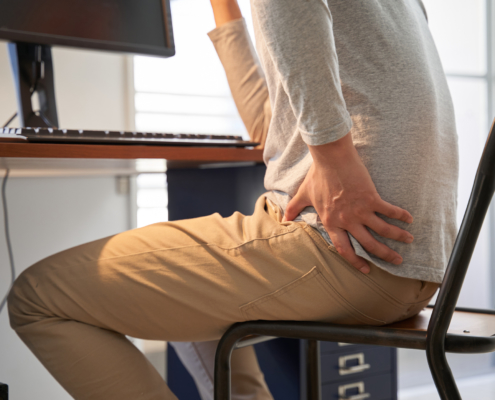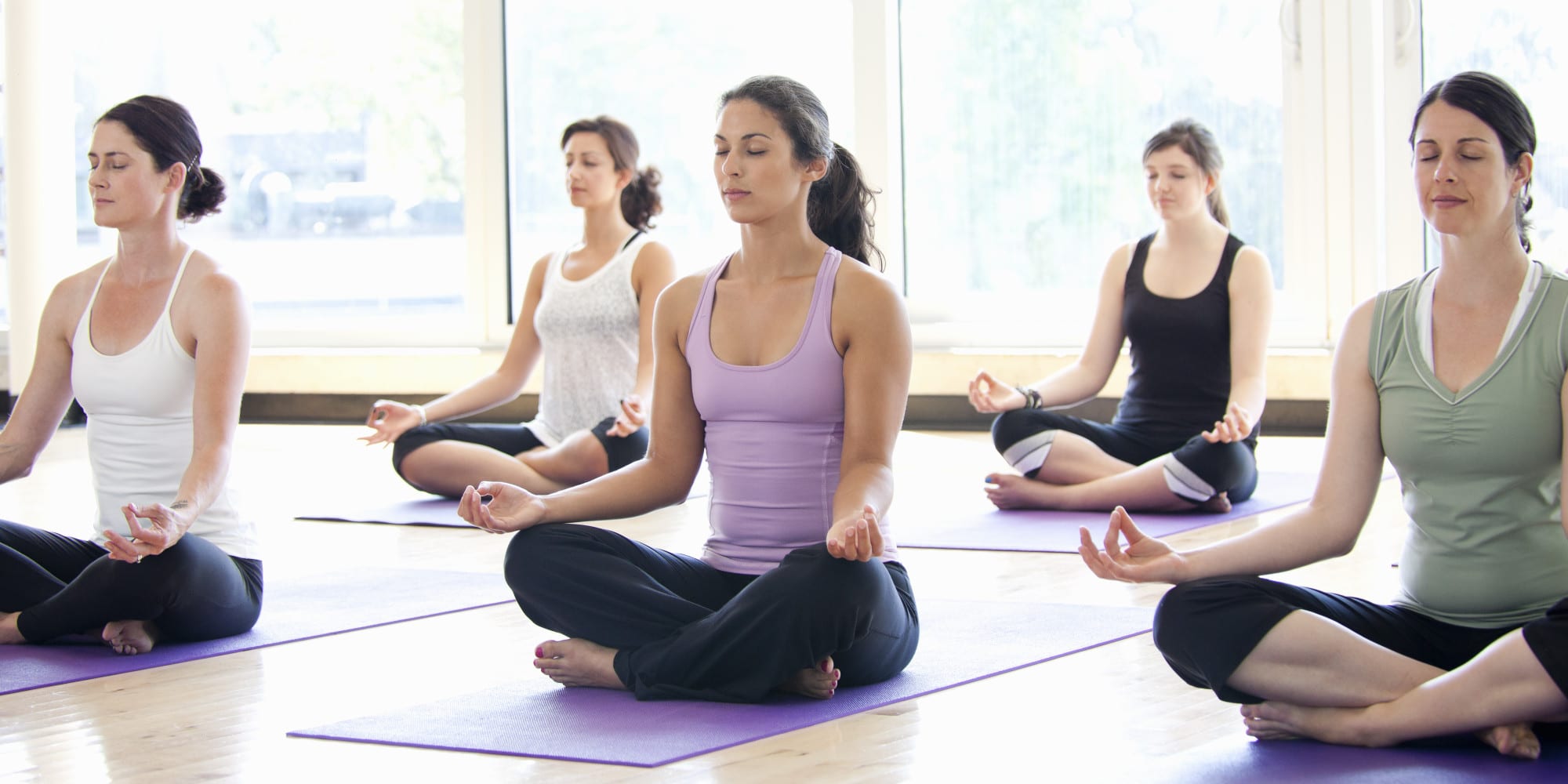How Osteopathy Works for Back Pain Relief
Back pain is what often brings people to my North London Osteopathy clinic — and it comes as no surprise.
According to the NHS*, 8 out of 10 people will experience an episode of back pain at some point in their life. And worldwide, the World Health Organisation states** lower back pain is estimated to reach 843 million cases by 2050.
Ageing is one of the main reasons cited for back pain. But as an Osteopath who treats the person not just the problem they present with, I know all too well that there can be various factors at play.
Therefore, when it comes to Osteopathy treatment for back pain, no one size fits all.
The many causes of back pain
Made up of 24 vertebrae, plus the sacrum and coccyx, I like to think of our spines as scaffolding for our entire body. It holds us up, enables flexible movement and protects our nervous system.
But along with literally being the backbone of our anatomy, our spines are also one of the body’s most complex structures. And pain in your back can be felt anywhere along the spine, from the neck to your lower back and beyond.
Poor posture, too much time spent sitting and medical conditions like sciatica (a trapped nerve) or ankylosing spondylitis** can cause back pain. The same goes for muscle strain and osteoarthritis.
But back pain can also be influenced by lifestyle factors such as stress, excess weight and core weakness. And it’s these underlying problems that can make diagnosis more challenging.
Thus, when referring to an Osteopath’s treatment for back pain, I prefer to take an integrated approach.
Back pain relief with osteopathy
In conjunction with 30 years of experience, a sizable part of my Osteopathic training is to detect any underlying factors a patient could present with to get to the root cause of the issue. This can help to prevent recurrences and work towards improving a patient’s overall health.
Every Osteopath works differently and has a different vision. But personally speaking, I believe the mind-body is one. Therefore, as an Osteopath and qualified Naturopath, I have a range of non-invasive evidence-backed Osteopathic treatments to use at my disposal. This includes the likes of:
- Soft tissue techniques – to reduce tension in your back and relieve your pain.
- Articulation – where I will move your joints through their natural range of motion.
- Stretching – to help relieve stiffness.
- Manipulation – to increase the mobility of the joints and relieve tension.
Osteopathy Proven to Improve Chronic Back Pain and Function
According to a 2021 meta-analysis, which was published in the Complementary Therapies in Medicine, researchers found that osteopathic interventions (like the above) can be “effective in pain levels and functional status improvements in non-specific chronic low back pain patients”.
Combining Osteopathy with Allied Therapies for Better Results
Over the decades, I have learnt first-hand that the more areas I studied, qualified in, and ultimately practised on a personal level, the better I could treat my patients. Therefore, to offer a Osteopathy treatment as bespoke as the patients who come through my clinic doors, I also have a range of allied therapies to draw upon. This includes:
- Level laser therapy (LLLT) – LLLT uses low power or ‘soft’ laser light to alter cellular function, improve outcomes and speed up your body’s natural healing process safely and effectively. It’s been proven to be effective in the use of acute and chronic back pain.
- Western Acupuncture – this can help with pain relief including musculoskeletal pain, like back pain.
- Naturopathy – this complementary treatment is based on the age-old philosophy that the human body has the innate ability to heal itself through nature. As a Naturopath, my role is to rid your body of the toxins and underlying issues that may harm its capacity to perform this function. According to a published trial, Naturopathic care can provide ‘significantly greater improvement’ than physiotherapy advice for patients with chronic low back pain.
- Autogenic training – this is a potent relaxation therapy which has powerful applications in restoring, healing and developing the body and mind. As published in the National Institutes of Health, relaxation techniques such as autogenic training are often recommended to help relieve low back pain and improve flexibility.
Preventing Back Pain: What You Can Do?
Not all back pain is avoidable. However, in some cases of non-specific back pain, there are some basic tips you can do to look after the health of your spine. For example, you might try out some tips for improving your posture, like getting your work set up right, investing in a good mattress and considering active and dynamic sitting.
Exercising regularly can also help keep back pain at bay. The same goes for using the correct lifting techniques, stretching and maintaining a healthy weight.
Relaxation techniques can also help, as chronic back pain can be both physically and emotionally straining.
If you are suffering with back pain then Osteopathy may be the answer.
To find out more, book an appointment, or get in touch.
*https://www.uhcw.nhs.uk/self-care/back/
*https://www.who.int/news-room/fact-sheets/detail/low-back-pain





